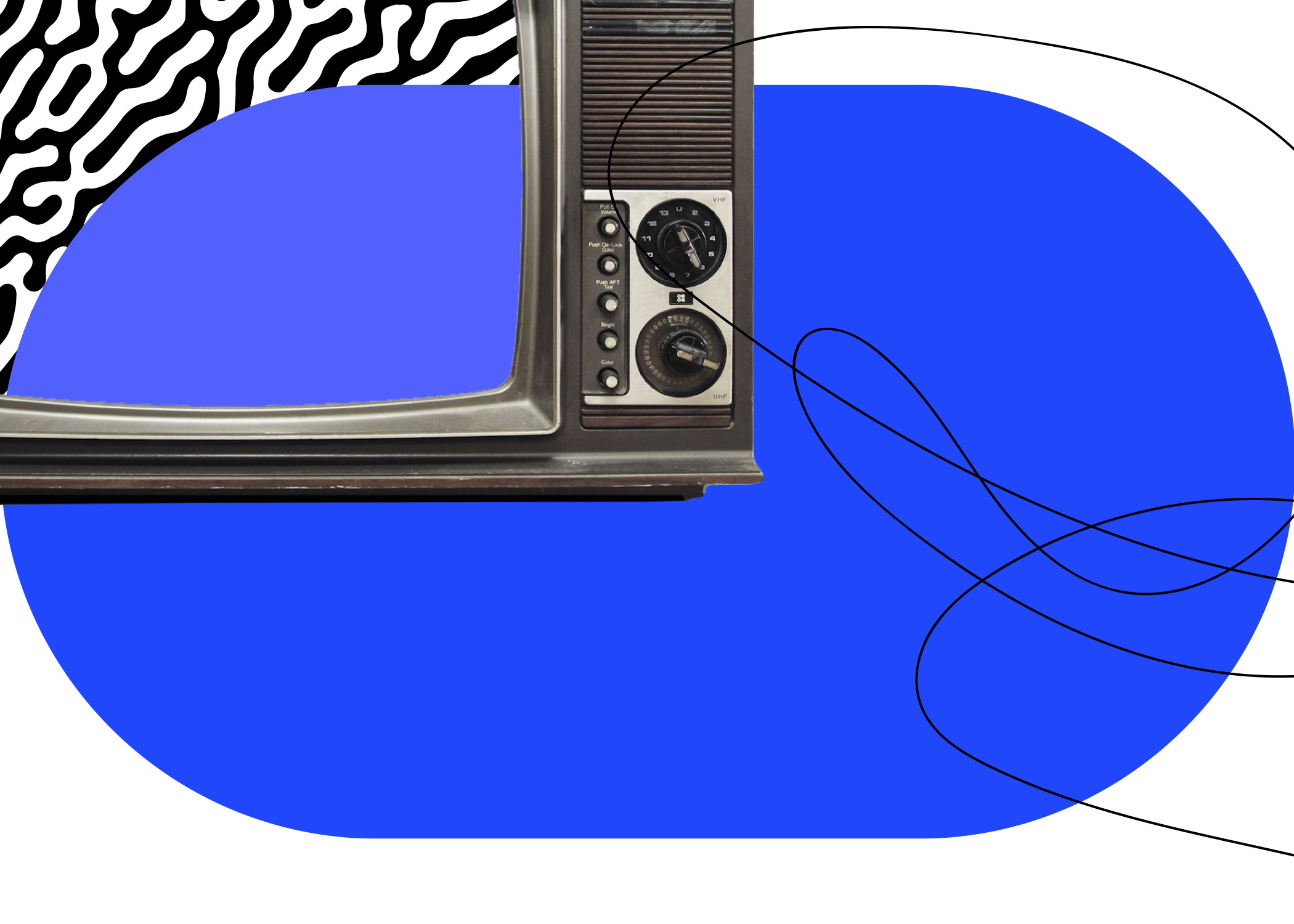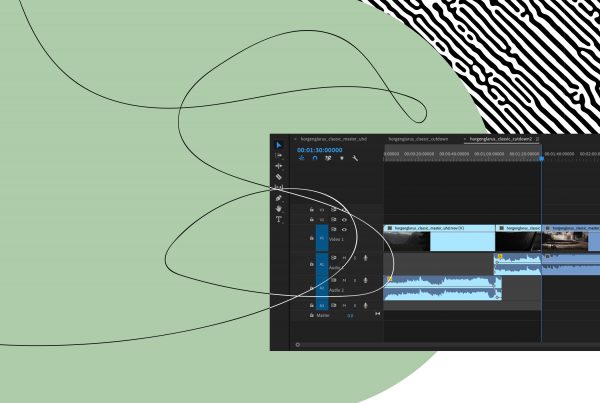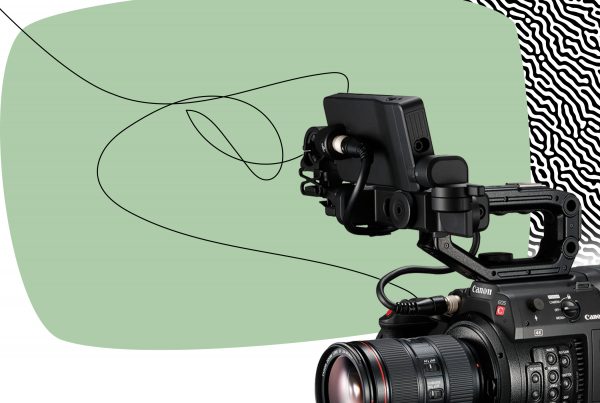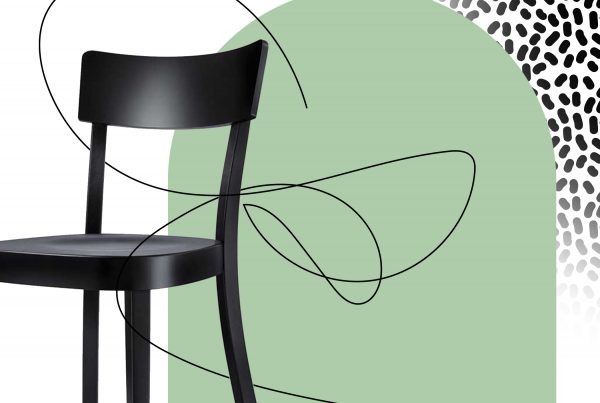
Sometimes the good old tools are the best! This fall Swiss Television launched its new quiz show „Wir mal vier* and asked us to provide the entire graphical design to complete their studio set design.
In this show four different family members try to win the final prize by answering various questions in five different rounds. Thus the host and the participants are active players within the whole studio design. Our designs needed to consort with the people standing in the midst of them.
The process of development was quite unique and required multiple turnarounds. It was trial and error at its best, resulting in the use of various different tools and the rediscovery of the classy Trapcode Form. Watching this interesting project evolve I decided to talk to our creatives Oliver (art direction and motion graphics) and Ivan (motion graphics) about the development of our newest broadcast design and their experience with the tool.
What was frame eleven’s task in this project?
Oliver: The initial call was the Creative Director of the show talking to us about some visuals he liked. The studio set was already under construction at the time. That was great to see, because we understood immediately where their ideas were coming from. Nevertheless, it didn’t prevent us from working towards some dead ends – for several times. This is common during the design process of a highly complex and completely new show. What we couldn’t anticipate from day one, was the enormous visual impact our screen design would have on the whole studio. Because of the large size of the screens, everything we were creating influenced the architectural perception in general. From Spaceship to an oversized astro-lamp – we have been there! Simply layered solids appeared like razor-sharp moving walls trying to cut the participants‘ heads of. Randomly placed, fiddly bits had a tendency to flicker and looked like fecal particles floating in space. Not what we wanted to have at all! The eureka moment arrived, when we stumbled upon good old Trapcode Form, a plugin from Red Giant.
Why Trapcode Form?
Ivan: Our goal was to create a second layer behind the candidates, we tried to expand the space of the studio. Furthermore, we needed a tool that would be capable to adapt to different variations and adjustments very quickly and easily. With Form you can easily play around with the various buttons to get new and totally different dotted mesh spheres. Not only were we able to try various types before finding the final one, but also did we actually need a great amount of versions for the different levels in the game. We did several tests of meshes with differently sized dots to see which size would be the one avoiding flickering and moiré effects. Thus Form enabled us to create the mass of backgrounds we had to develop in a quick and easy way. The fast render time was also a big plus regarding the big screen format we had to deal with.

Oliver: We were looking for something that could provide us with a geometrical structure on the one hand and the ability to achieve visual depth on the other. It had to be fast, reliable and capable to shift its appearance to the game’s needs: Highly diverse elements for contrast between every step of the game, without loosing the look and feel of the overall design concept. We were searching for a slick and flexible tool to just do that. A visual swiss army knife so to speak.
How did you come to create space-like spheres playing with geometry and light?
Oliver: Yeah, that was quite the craziest process I’ve ever been involved in. As designers, who are taking simplicity to heart, we startet out with a nice and clean, flat 2D solution. The most common procedure for designing a TV game show is to begin with the black and white Logo, followed by the concept for the opener. As a result you come up with the key visual from which you can draw all the additional elements. In this case our regular workflow ended up working poorly. We threw several storyboards and key visuals over board, until we figured out that we had to start with the screen designs. The glowing grid we ended up using was the result of a long journey of failures.
Ivan: In detail, we experimented with geometrical objects put on a 3D space in After Effects. Our suggestions on a more graphical level we had had first was not what they had in mind.


Thus we changed the course and tried ideas creating more organic images based on light, but there was still that lack of depth. This was that moment when Form came up, enabling us to create the most beautiful virtual space with a large depth. The dotted meshes work perfectly for the needs of the studio design.


What were your learnings working with Trapcode Form?
Ivan: Don’t use .obj as a source! Something made the After Effects Project-file crash all the time and we could not solve the problem. Maybe it had something to do with the .obj format, we never found the bug so we were forced to go back to an older save instance. God bless the auto-save! Still, Form is a good tool to generate spherical and abstract spaces or undefined geometrical images in no time, and that is a powerful key feature of this tool.
Oliver: The thought of importing a large .obj into after effects still sends shivers up my spine. Don’t do it! Otherwise I was pretty happy working with it: performance was ok and it really invites you to play around. Often Form has been overused. I still can’t stand the badly executed, cheesy particle morph effect you see so often. That is why we barely use it and if we do, just as subtle as possible. In this case it was a perfect match. So, to all you SFX peeps out there: if you feel the need to drop some retro-90s-back-to-the-basic-video-effect-madness: Form is your friend!



